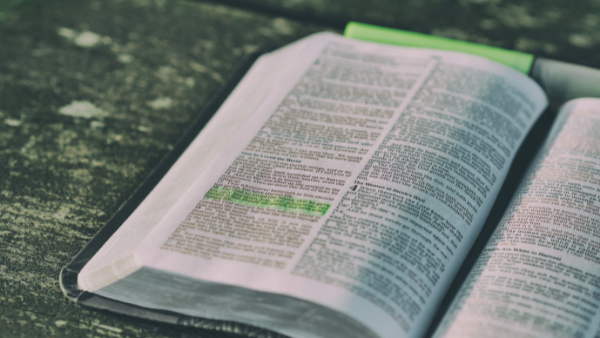By Douglas K. Wilson, Ph.D.
Dean of the Center for Christian Calling, University of Mobile
I WILL RAISE
John 2:11–23
John’s Gospel account presents select supernatural signs which highlight the divinity of Jesus, the incarnate Word. This week’s passage focuses on the cleansing of the temple. John places the event near the outset of Jesus’ ministry.
In the account, Jesus uses the cleansing of the temple as a bridge to predict His resurrection.
Glory Shown (11–12)
John clearly indicates his purpose for including the miracle of water to wine: “Jesus did this, the first of His signs, in Cana of Galilee. He revealed His glory, and His disciples believed in Him.”
By revealing His glory, Jesus was demonstrating His divine nature. His disciples previously put their trust in Him based on the written word, but His signs gave evidence He was the Living Word.
They left the hills of Galilee and returned home to Capernaum on the shore of the Sea of Galilee. Evidently they only remained for a few days before their pilgrimage to Jerusalem for the annual Passover celebration. They would make their way south down the Jordan valley, cross over the river not far from Jericho and ascend the hills toward Jerusalem.
Worship Expected (13–17)
For centuries prior to the incarnation, Jewish pilgrims trekked to Jerusalem to worship in the temple.
In the first temple period, corporate worship ceased until reformers like King Josiah reestablished temple rituals. Prior to the Babylonian exile, priests compromised their covenant to lead worship exclusively to Yahweh.
As a result, Levites and laymen alike worshipped Canaanite deities and astronomical constellations on the temple grounds. Jeremiah confronted these compromises and warned about the ensuing exile.
Postexilic Jerusalem had its share of compromise too. Priests compromised the temple, intermarrying with unbelieving families in the region and allowing Tobiah access to the storehouse area previously reserved for Levitical tithes (Neh. 13:7–8).
According to the postexilic books, men divorced their believing Jewish wives for unbelieving Gentile wives, withheld their tithes and dishonored the Sabbath.
After the northern kingdom of Israel was scattered and many Judahites continued living in Mesopotamia, travel to Jerusalem became more challenging.
It was more convenient for Jews to buy their animals for sacrifice in Jerusalem than to transport them on their pilgrimage from Persia, Babylon, northern Africa or southern Europe. The court of the Gentiles on the temple grounds became the marketplace for sacrificial animals.
Instead of being a place to welcome dialogue between Jews and God-fearing Gentiles about the one true God, the court had become a flea market.
Temple taxes required Tyrian shekels as payment, so Levitical currency traders provided a service for travelers coming from long distances. The problem was that space dedicated to the glory of God and the worship of His name was seen as a business where priests were bankers and the worship center smelled more of dung than of incense.
Sign Remembered (18–23)
Jesus was infuriated by what He saw, so He overturned the tables at the currency exchange and freed the animals to run throughout the temple grounds. In response, Jewish men asked for a sign to account for His behavior.
“Destroy this temple, and in three days I will restore it.” They responded incredulously, knowing Herod’s expansion of the temple grounds was a multigenerational project. They missed His point.
The incarnate Word who tabernacled among them would be put to death, but He would rise three days later.
Only after the Resurrection did the disciples understand that the “temple” was His body.



Share with others: